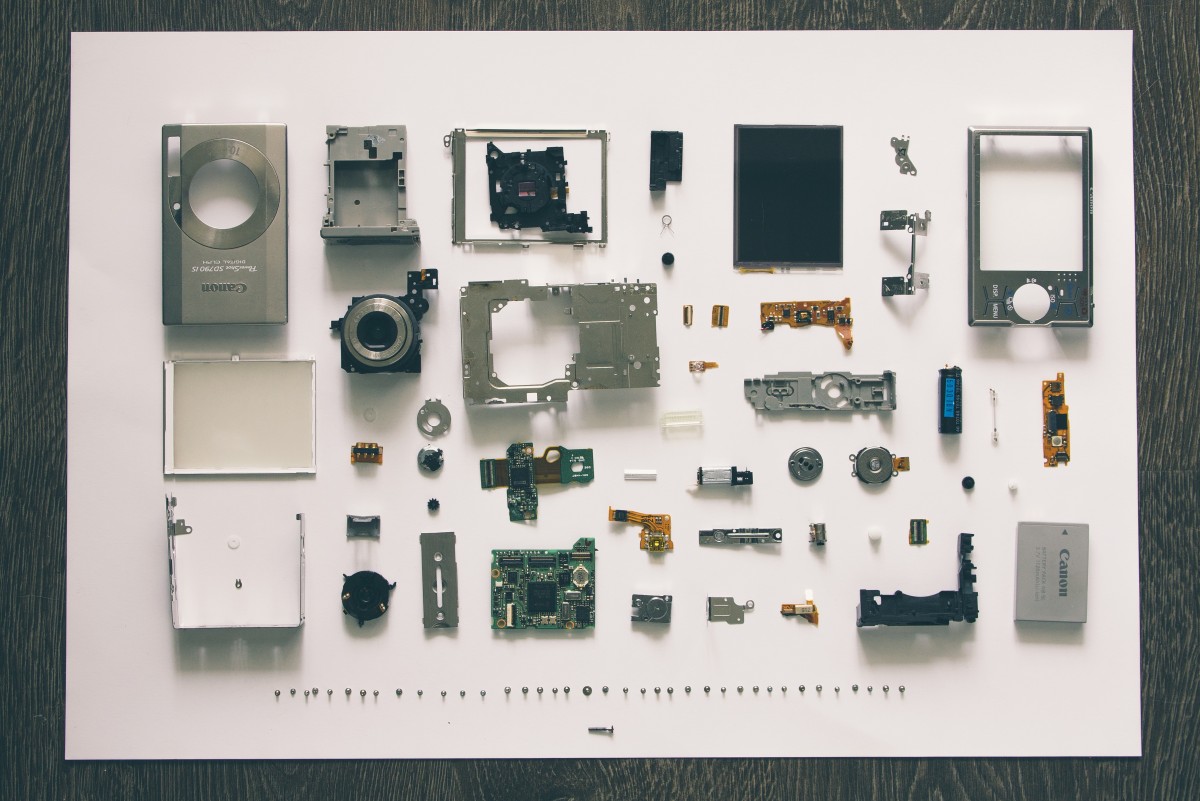What to Look Out for When Building Your Own PC
For a couple of reasons, building your own PC isn’t as common a practice as it used to be. Even though computing is now an essential part of our daily lives, almost everything from checking out the new online casinos USA to staying in touch with our friends can generally be done via smartphone, tablet or a portable tablet. For those who do choose to invest in a desktop PC, like hardcore gamers or those whose work requires it, there are now off-the-shelf models to meet most needs.
As with hi-fi buffs, building your own system used to be standard practice for the serious techie, and there are still many who insist it is the only way to go. For one thing, it’s a fun project that will help you to understand how computers work, and you’ll have a huge sense of satisfaction and pride to go with the finished result. You’ll also have a PC that’s constructed to your exact specifications and that will do exactly what you want it to do – and hopefully it’ll be the best possible PC for that purpose. And for the layperson, it’s actually not as intimidating as it might at first seem.
Get what you need, not what you don’t
The beauty of a DIY, custom-built PC is that it does what you want really well and doesn’t waste space, time or processing power on anything you don’t need. The first step in achieving that is deciding exactly what your PC is going to be for. Is it a home office workhorse or a high-end gaming machine? Are you mainly going to use it for streaming movies and virtual reality concerts to your TV, or is it a studio for you to create your own films, animations, music or works of art?
The answers to those questions will dictate what components you should buy. Once you know what you’re looking for, do your research. Online window shopping is a big part of the process of building your own PC, as you look into the capabilities and limitations of each individual piece. You should also decide on a budget at this point.
The processor
This is your computer’s brain, processing instructions and information from all of the other software and hardware you’re running. It needs to be powerful and flexible enough to handle all your requirements. Look for the number of cores: a dual-core processor is fine for everyday use, especially if it’s capable of hyper-threading or multi-threading (doing two things at once) which effectively doubles your core capacity. However, four-, six- and eight-core CPUs are available.
Your processor’s clock speed, or operating frequency, measures the number of cycles each core can execute per second, measured in gigahertz (GHz). The higher the number, the faster it goes. The cache is your processor’s onboard memory, which again determines how powerful it is. Make a note of the cooler and socket type as well.
The motherboard
This is your computer’s spine, or nervous system, which everything plugs into. Its specifications are defined by its form factor (size and layout) which can go from a tiny Micro ITX to a huge Extended ATX. For most full-size desktop builds, a Regular or Micro ATX is sufficient. However, this does affects the number of other components you can plug in, so think carefully.
Storage
This is your memory space, separate from the cache which is exclusively for the use of the CPU. First up is the RAM: this is temporary short-term storage which your CPU will also be making use of, and generally the more the merrier. For long-term storage, you need to choose between one or more hard drives (HDDs) or solid state drives (SSDs). A hard drive has more capacity and is cheaper, but a solid state drive is a great deal faster.
Power supply and casing
When choosing a power unit, make sure you’ve not only got enough power for all of your needs but also a bit extra for any future upgrades. In terms of the casing, just make sure it’s big enough to fit everything in and that you can get all the necessary cables in and out easily.
You’ll need to buy a monitor, keyboard and mouse separately, as well as a graphics card, which could push the price up if purchased separately. An alternative is to go for an AMD Ryzen Chip that combines an AMD processor with a high-speed Vegas graphic card on one chip. This is good enough for most purposes and you can always upgrade later.
Once you’ve built your own PC, you can upgrade individual parts, repair or replace them if they fail, and all without having to junk the whole unit. This is your PC and it’s unique to you: it will grow and evolve alongside of you, hopefully giving you many years of pleasure and satisfaction.

